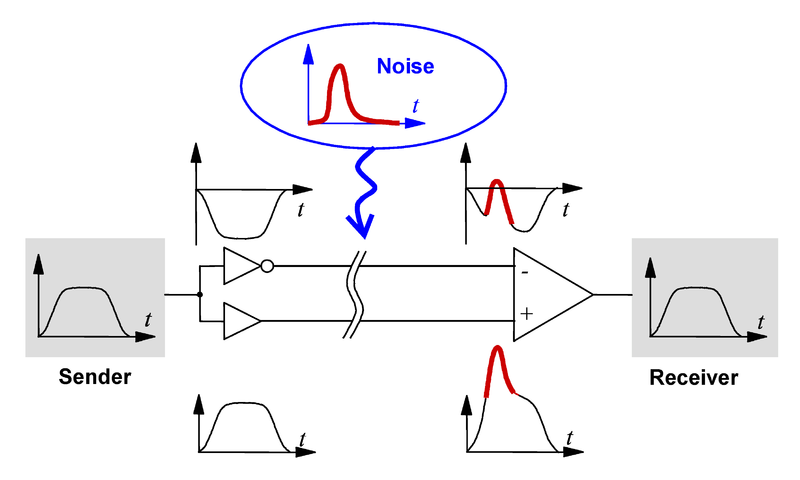OK, I guess you can color me confused on the SAE proposal.
I see five different charge levels, and two (three?) different connectors. Right? The charge levels are (please forgive the table formatting, it's probably wrong):
Code:
Level name Voltage Current kWattage Supply
AC Level 1 120VAC 6-12 .7-1.4 15A
AC Level 2 208-240VAC 6-80 1.2-19 20A,40A, <100A
DC Level 1 200-450VDC 6-80 1.2-36 <200A?
DC Level 2 200-450VDC 80-200 16-90 100-550A?
DC Level 3 200-450VDC 200-400 40-180 250-1100A?
The connectors are our familiar J-1772, the J-1772 Combo (which seems to do 200A if I'm reading the pressers right), and some super beefy 400A J-1772 thingie, as yet undisclosed.
So that means each connector handles:
Code:
Connector AC L1 AC L2 DC L1 DC L2 DC l3
J-1772 X X
Combo X X X X
Mongo ? ? ? ? X
We can see why the basic connector handles AC L1 and L2. Different AC voltages, but otherwise L1 is a sub-set of L2. And since the combo connector contains a basic connector, it adds DC L1 and L2 to AC L1 and L2. Fine. And I'm not going to even *try* and guess what the Mongo 400A connector is (and I think it's moot for this discussion anyway).
But why would DC L1 require the Combo connector? Unless they do something crazy with the insulation, the voltage can be handled by the basic connector pins. And the basic connector already (conveniently) handles the same 80 amps that DC L1 happens to require (according to wikipedia). If DC L1 also requires the same connector as DC L2 (and already has the same voltages) then there's no difference between DC L1 and DC L2. It's just 200-450VDC@6-200A.
But what if the DC L1 requirement really
is satisfied by the regular old everyday basic J-1772 connector? That would mean any DC charger of 80 amps or less (apparently not a "fast" charger, just a "pretty quick but not quite fast" charger) could use the basic port. And cars configured for <80A DC charging wouldn't need the combo connector port at all. Since there's probably a big infrastructure break between needing 100-200A@240V and 200-500A, it would make the "kinda fast DC chargers" cheaper too.
What sort of cars don't need 40-90kW charging? PHEVs, for one. I don't see a need for a PHEV to have bigger than a 20kWh battery (until you get a Hummer PHEV, and even then...). If a 400V 20 kWh PHEV battery can be charged from empty to full (keeping in mind the PHEVs bigger battery guard margins) in right about half an hour at 80 amps, what in the world would a PHEV
do with a 200A 90kW feed? Charge at 4.5C in 10 minutes or so? Expensive, and hard on the battery.
So question, since this is the Leaf forum and all. Would the Leaf benefit from having lower priced "kinda fast" DC charging available using it's current J-1772 connector? Would that fill a sufficient need niche to mitigate the combo connector's perceived weaknesses? How long would it take to charge an empty Leaf (or a Ford Focus, or other like sized EV) to 80% at 30 kW (or so)?
As a PHEV owner, I don't have a lot of love for the Combo connector either. But a DC basic connector sure has some real appeal...




